#MitsubishiGalant
Rare Rides Icons: The Mitsubishi Diamante Story (Part IV)
Last time on our Diamante coverage, we learned about the near-luxury sedan’s somewhat delayed introduction to America. In the two-year translation from a Japanese market car to an American one, Diamante lost the majority of its interesting and advanced tech features and adopted a cheaper suspension design. Today we’ll find out what happened when Mitsubishi pitched the new and de-contented Diamante against the Lexus ES 300.
Rare Rides Icons: The Mitsubishi Diamante Story (Part III)
Today is the third installment in our coverage of the Mitsubishi Diamante, the Diamond Star brand’s only luxury offering ever sold in the North American market. Part I introduced us to the Diamante via the Sigma. That fancy hardtop Galant gave way to the Diamante in 1992, based on an extended length Galant platform. The second-generation hardtop sedan and its wagon counterpart were finished for 1995 on dealer lots, though fleet buyers (which fleets though?) had a Diamante available to them in 1996. In 1997, Mitsubishi was back with an all-new Diamante and aimed even higher than it had before.
Rare Rides Icons: The Mitsubishi Diamante Story (Part II)
In Part I of our Rare Rides Diamante coverage, we talked almost exclusively about our subject’s predecessor, the Sigma. Alternatively called Galant Σ, it was a hardtop luxury version of the standard Galant offered in the US market. It was dated when it arrived, too small, and not differentiated enough from the Galant to warrant its high price. U.S. customers mostly ignored it, and Canadians never knew it existed since they didn’t receive any Mitsubishis until 2002. Headed into the Nineties, Mitsubishi had no upscale sedan offering at all in North America, as the Galant was the firm’s largest car. That changed in 1992 with the arrival of the all-new Diamante.
Rare Rides Icons: The Mitsubishi Diamante Story (Part I)
Rare Rides Icons has featured much Japanese sedan content lately, including the mid-Eighties sedan mainstays and most recently a series on the luxurious and conservative Toyota Cressida. However, there’s a mainstream Japanese brand (or two) yet to be included in our sedan considerations. One of them is Mitsubishi, and today we’ll discuss the only true upmarket product the company ever offered in North America. It’s Diamante time.
Junkyard Find: 1982 Plymouth Sapporo
Junkyard Find: 1990 Mitsubishi Galant GS-X
As we’ve seen in this series, Coloradans bought plenty of all-wheel-drive-equipped AMC Eagles, VW Quantum Syncros, Audi Quattros, and Toyota All-Tracs during the 1980s. The suits at Mitsubishi Motors saw all those AWD-enhanced car sales in snowy American regions and decided to sell some rally-influenced Galants on our shores. A few decades later, this rare-but-not-valuable Galant GS-X appeared in a Colorado Springs self-service car graveyard.
Buy/Drive/Burn: American Malaise Sports Cars of 1982
The year is 1982. You’re a lover of domestic sports cars, but also suffer from a distinct lack of funding in this era of American Malaise. Three updated, base model, fuel sipping rides are in your purview — all of them with four-cylinder engines.
Which one do you take home?
Rare Rides: The 1980 Dodge Challenger, a Galant by Any Other Name
Our Rare Ride today is an excellent condition example of an easily forgotten Malaise coupe from Chrysler Corp.
It is, of course, the second-generation Dodge Challenger, from 1980.
QOTD: What's Your Favorite Diamond-Star Motors Crapwagon?
Earlier this week in TTAC’s always entertaining Slack chat, Adam Tonge suggested (without sarcasm) how the B&B might enjoy discussing the market entrants of the Diamond-Star Motors company and picking favorites. Shortly after this discussion, the very DSM Plymouth Laser we saw in yesterday’s Rare Rides fell right in my lap, and this all seemed like destiny.
Of the varied selection, which Diamond-Star Motors vehicle is your favorite?
Junkyard Find: 1985 Mitsubishi Galant
The first non-Chrysler-badged Mitsubishis arrived in the United States for the 1983 model year, in the form of the Cordia, Tredia, and Starion. They weren’t enormous sellers, but they made the Mitsubishi name a bit more familiar to American car shoppers. For 1985, Mitsubishi USA brought over the fifth-generation Galant, hoping to steal some sales from the extremely popular Honda Accord. Galant sales were not brisk, to put it mildly, and so I found it noteworthy when I spotted this first-year-of-importation Galant in a San Francisco Bay Area wrecking yard.
Junkyard Find: 1990 Mitsubishi Sigma
The fifth-generation Mitsubishi Galant came in a funky “pillared hardtop” configuration for the United States market in the 1988 through 1990 model years. Few bought them and almost none survived into the current century, making a Sigma one of the rarest of Junkyard Finds. Five years ago, I found this ’89 in a California yard, and now I have discovered this ’90 in Denver.
Junkyard Find: 1976 Dodge Colt
We’ve seen plenty of front– wheel– drive Colts in this series, but (prior to today) the only example of the rear-wheel drive Dodge-badged Mitsubishi Colt Galant we’d seen was this lichen-covered ’72 wagon. On a recent trip to California, I spotted this coastal-rusty example of tape-striped Malaise Mitsubishi glory.
Mitsubishi Without A Midsize Sedan For America
Calling out one’s prediction for Mitsubishi’s demise is an easy activity that requires one to put little at stake. With a stale product lineup, sagging sales and nothing on the horizon save for a B-Segment hatchback, Mitsubishi’s future looks bleak. But that’s not the main reason why I am pessimistic about the brand’s future in America.
Junkyard Find: 1989 Mitsubishi Sigma
Remember the Mitsubishi Sigma? Nobody does! It was a semi-oddball four-door hardtop version of the Galant that was sold in the United States just for the 1989 and 1990 model years, and I believe this car— which I spotted at a San Francisco Bay Area self-service yard over the weekend— is the first one I’ve ever seen in person.
Ur-Turn: Why Buy A Mitsubishi? One Reader's Experience
|Reader Josh Howard relates the story of why he recommended a Mitsubishi to a co-worker…he’s a brave soul
After reading Derek’s excellent piece on Mitsubishi and their irrelevance in the American marketplace, I began thinking about the brand, and their history in the United States. A few months ago, I went against my better instincts and actually recommended one to a coworker despite knowing what Mitsubishi turned into in the early 2000’s…not to mention a turbocharged DSM car some years prior.




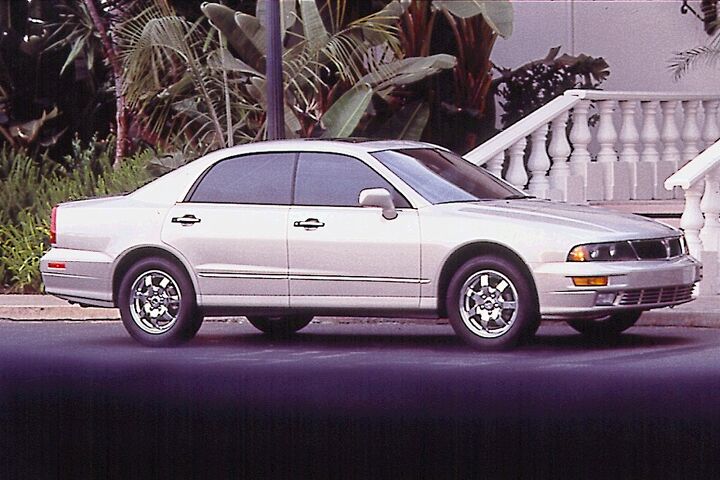

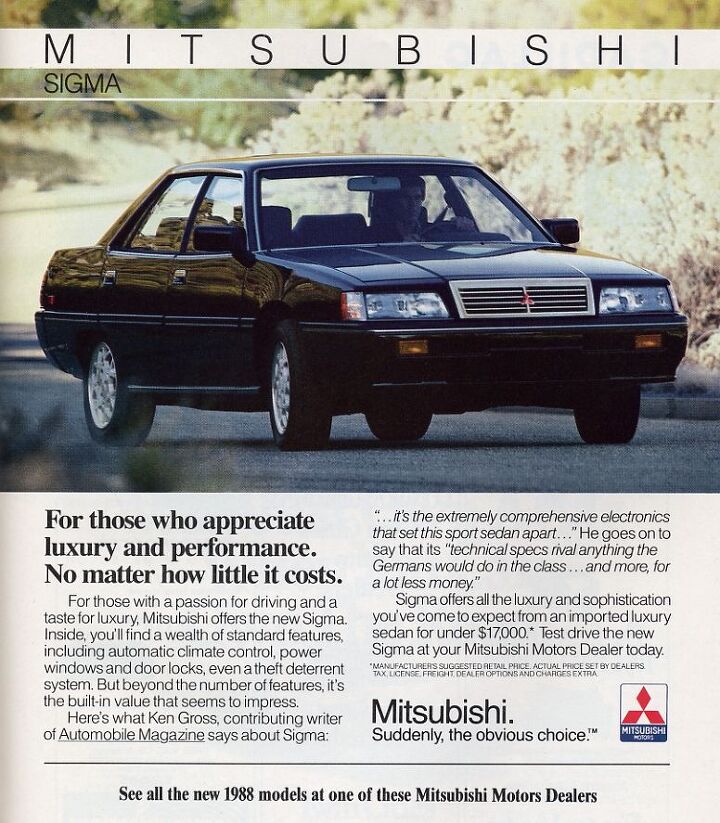

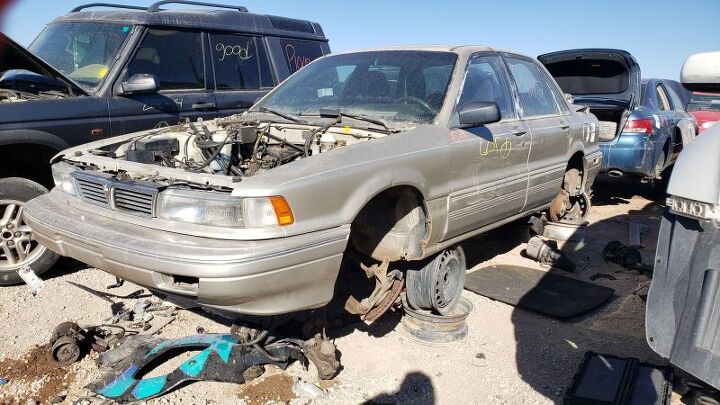
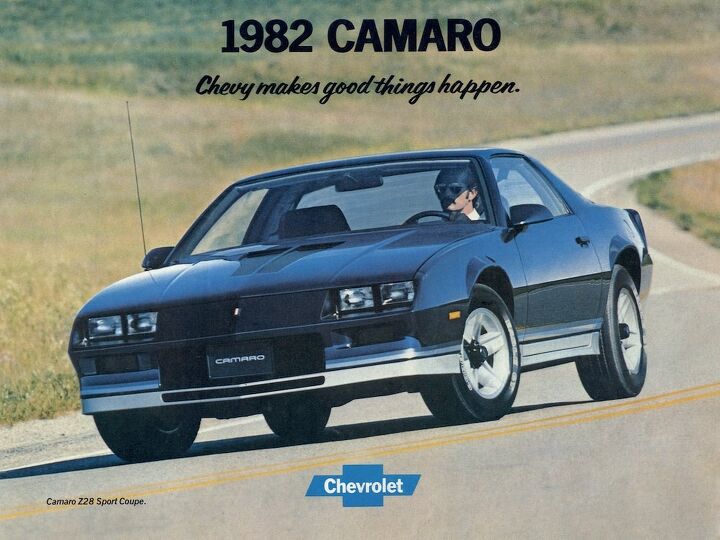


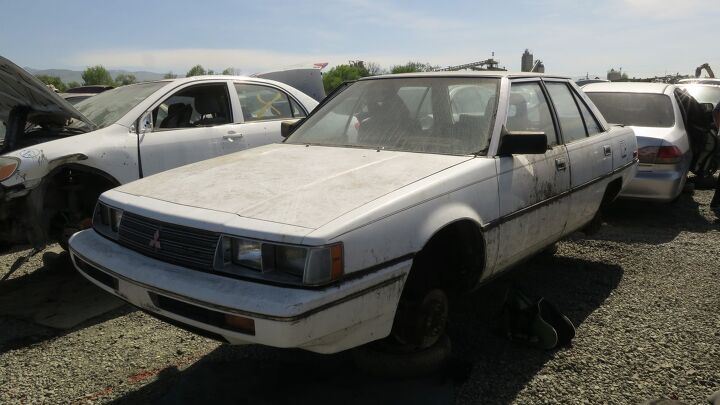


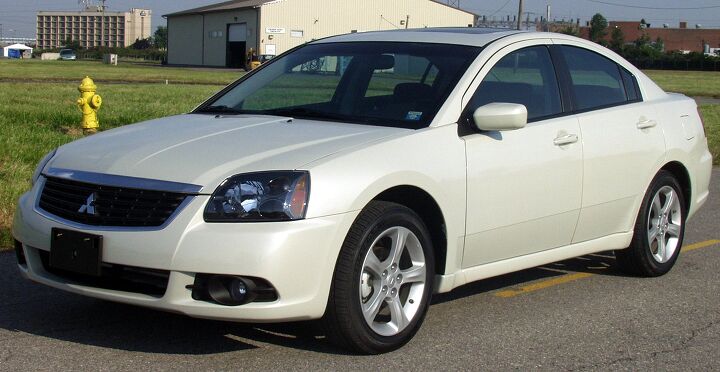














Recent Comments